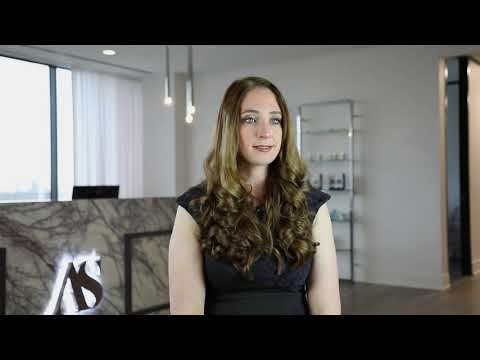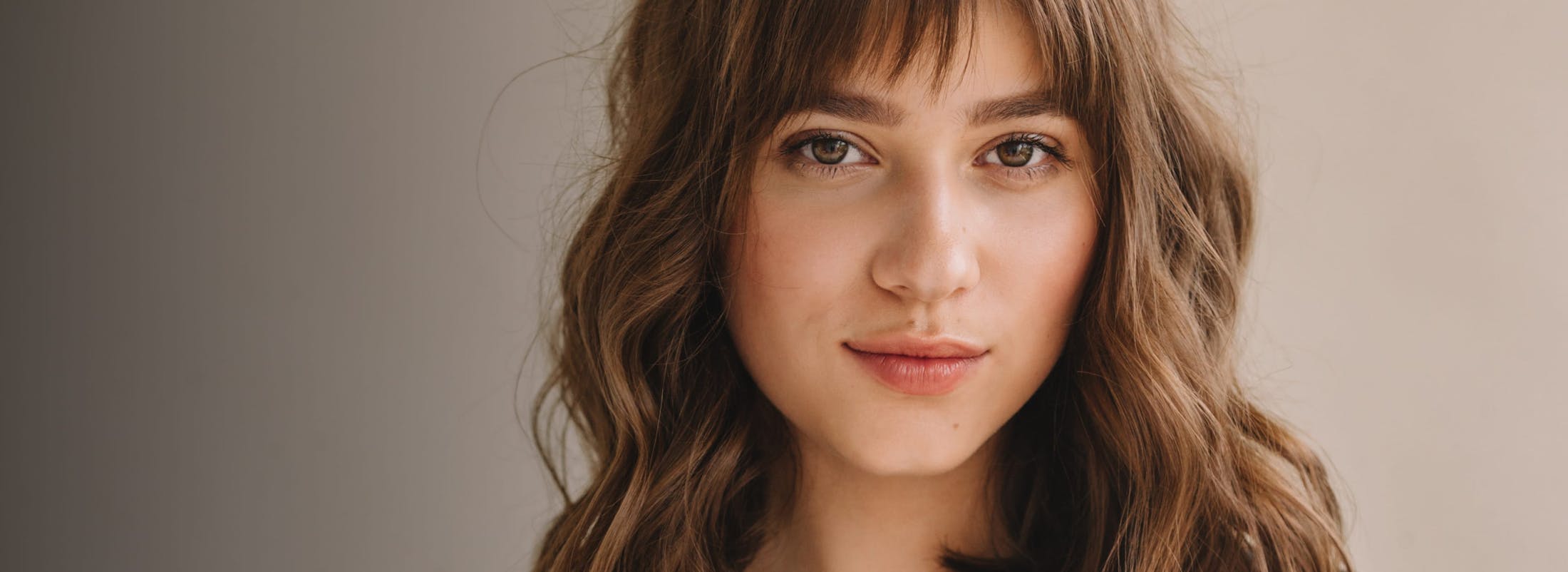Turbinate reduction can ease breathing, resulting in better sleep, fewer headaches, and clear sinuses. While the turbinates are not seen and do not affect the shape of the nose, some patients who have trouble breathing and a deviated septum may also have enlarged turbinates that can be a contributing factor. In these cases, a septoplasty is performed along with a turbinate reduction. Here’s a quick guide.
What is a turbinate reduction?
A turbinate reduction is surgery performed inside the nose to shrink enlarged turbinates (turbinate hypertrophy) that are causing a nasal obstruction and interfering with breathing. Some patients might discover that they have a deviated septum and might choose to have a turbinate reduction with septoplasty which is a more involved surgery. The most common way that I reduce turbinates is to remove a wedge of the turbinate tissue along the lower edge, almost like a slice of pie, and bring the two edges together. By physically reducing the size of the turbinate, this is the most effective way to improve breathing long term. The procedure is done under general anesthesia but is an outpatient visit, meaning you can go home on the same day. Patients typically feel some nasal stuffiness and experience a clear discharge from the nose for about a week, with some experiencing minimal pain in the first days that is easily controlled with medication. Many will not need pain medication, or will be able to just use Tylenol. Some patients will also experience fatigue in the days following surgery, but each day breathing should become easier as the turbinates shrink. I will typically recommend a saline or steroidal nasal spray to make you feel more comfortable and to speed healing. Don’t be surprised if your bed partner reports some snoring on your behalf, but take comfort in knowing this is only temporary until complete healing has taken place.
Does every septoplasty include turbinate reduction?
Not every septoplasty includes a turbinate reduction. It really depends on whether the patient has turbinate hypertrophy in addition to a deviated septum. During an initial consultation, I will be able to assess if your breathing trouble is due to septum issues, swollen turbinates, or both. We can then discuss which surgery is best for you.
Should I get turbinate reduction?
You should consider a turbinate reduction if you have been experiencing trouble breathing through your nose. Patients with swollen turbinates typically experience a chronic stuffy nose that can be accompanied by a headache and/or facial pain or pressure. Nasal drip, loss of taste or smell, snoring, mouth breathing, obstructive sleep apnea, fatigue, and sore muscles upon waking, are all indications that you may have turbinate hypertrophy. If any of the above have become troublesome or have affected your life, it’s a good idea to schedule an appointment with me to evaluate your nose cavity.
Pros of turbinate reduction
The pros of a turbinate reduction is ease of breathing resulting in better sleep, fewer headaches, and clear sinuses. For some patients it can be a life changer, allowing them to have more energy during the day without the constant stuffiness and nasal drip that can result from turbinate hypertrophy. The procedure is done on an outpatient basis and patients can typically go back to work within a few days. Since there are no incisions on the exterior of the nose, there are no scars. The only visual sign that something has been done is that you might have a runny nose for a few days.
Cons of turbinate reduction
The cons of turbinate reduction are few, but some patients have experienced empty nose syndrome. If the entire turbinate has been removed, your nose loses the ability to “feel” air passing through it. Therefore, even though you will have a wide open nasal passage, people with empty nose syndrome experience significant nasal obstruction with little that improves it. Some people can feel chronic dryness, crusting, and an increase in nosebleeds. In these cases, daily sea salt or saline nasal rinses, avoiding caffeine, using humidifiers and mucolytic drugs may help. This is why it is important to see a board certified Otolaryngologist for turbinate reduction.
Can I get a cosmetic rhinoplasty and a septoplasty at the same time?
You can get a cosmetic rhinoplasty and a septoplasty at the same time. In fact, many patients coming in for a septoplasty request a cosmetic rhinoplasty at the same time, while those already coming in for cosmetic rhinoplasty do not always need a septoplasty. A cosmetic rhinoplasty is the reconstruction of the nose to straighten it, remove bumps, reduce the tip, narrow nostrils, and any other physical malformations of the nose. It’s more about creating a more aesthetically pleasing nose for the patients, while a septoplasty is often a medical necessity because it can cause airway obstruction. It can also contribute to the appearance of a crooked nose or uneven nostrils. The decision to have rhinoplasty when coming in for a septoplasty is a personal decision made by the patient while the decision to have a septoplasty when coming in for a rhinoplasty is often recommended by me when I find an unknown deviated septum.
When to Have Rhinoplasty with Septoplasty



